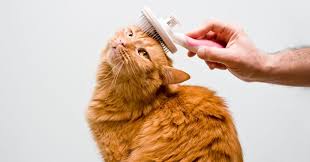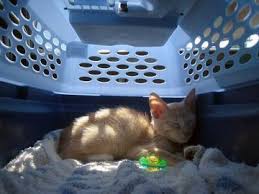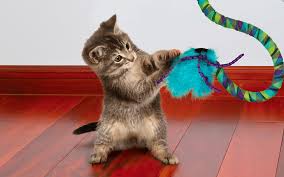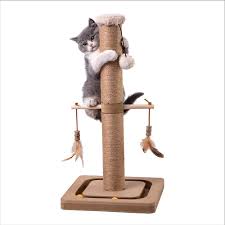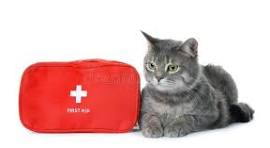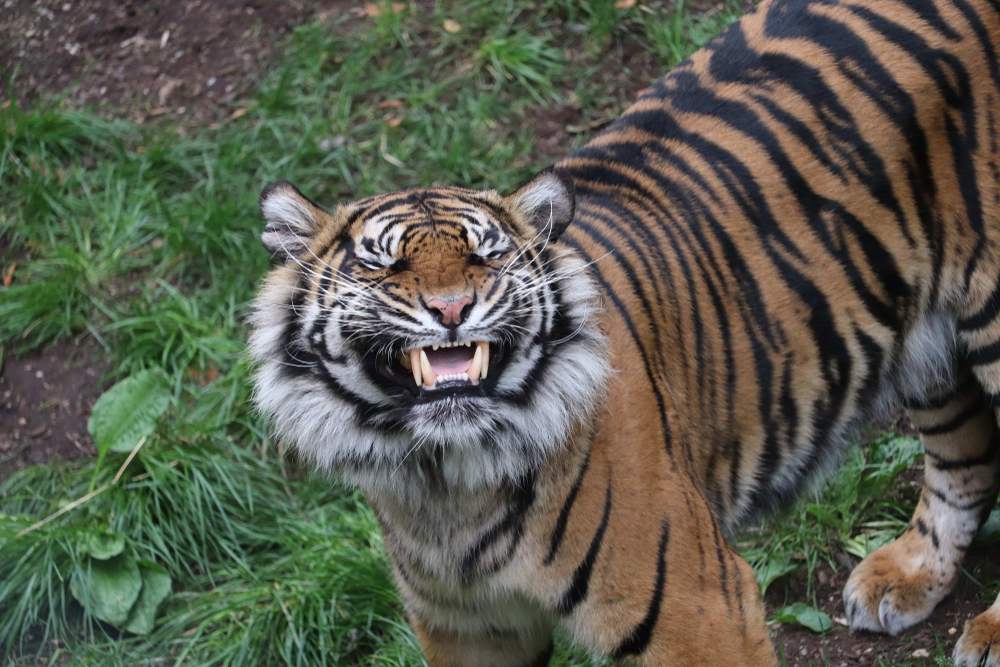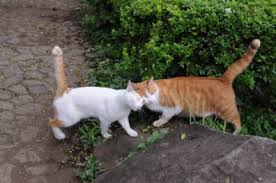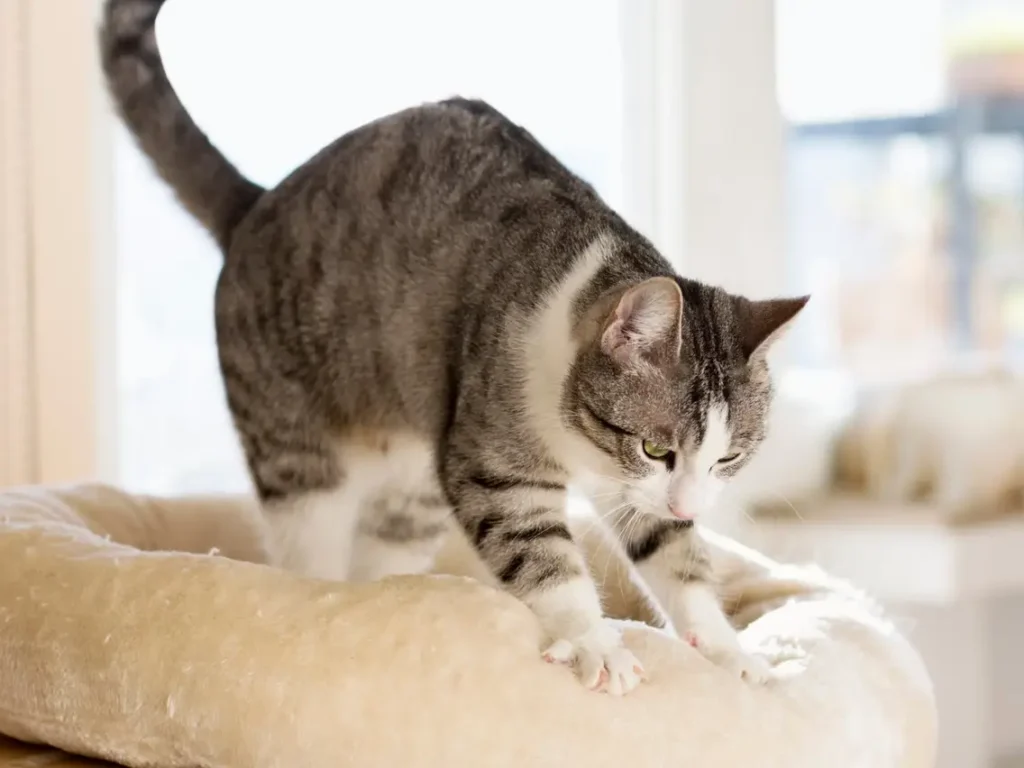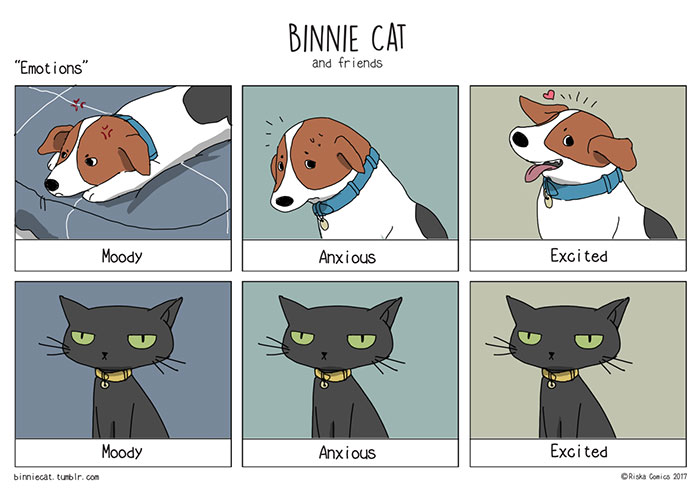There are a lot of bigger companies out there offering pet sitting and dog walking services. The reality behind those companies is that while they have the means to advertise a smaller company like mine right out of the water they just aren’t personal. There is little to no vetting of their sitters as far as safety or knowledge of animals and no real accountability. They take a percentage of the sitter’s rate making it unlikely that the sitters are able to fully dedicate their time to just your pets because they need to do other work in order to make a living.
At Creature Comforts, I am dedicated to the animals I work with. I got started because of my love of animals and that has never left me. I do focus on professionalism and good business practices, but that is not the reason I do this. Here are some of the things you can expect from my experience and dedication to you and your pets.
- I always give more than the full time to each visit and walk.
- I aim to follow your pet’s normal routine to the best of my ability. It can help ease stress and anxiety to keep routines familiar.
- I administer medication with the least possible invasive methods, And have lots of patience, kindness, and experience with animal behavior and how to handle gently.
- I do my utmost to comfort, love, and show kindness towards an animal who is probably missing their person and whose world is a little disturbed.
- I keep in close touch with you, for your peace of mind.
- I can provide a background check if requested so you can rest easy that your home is safe.
- I keep current Liability and Care, Custody, and Control insurance in case things do not go as planned.
- I have many years of hands-on experience with many different types of animals and situations that could happen.
- I maintain and update an emergency plan in case something were to happen to me. I have done everything in my power to make sure to have a system in place so that animals will get taken care of no matter what.
- I maintain and update a disaster preparedness plan for how to keep animals safe and cared for.
- Safety is topmost priority while walking dogs. I do not allow them to interact with other dogs because only you know your dog best and can judge if the situation is safe.
- I keep up-to-date on the latest practices of good animal care, health, and training and am always happy to share my knowledge with you.
- Above all, instead of getting caught up in the business and money side of things, I keep one thing in mind. The reason I do this is my love of animals and that is the most important thing you can expect from my business – Compassionate care for your best friend.


